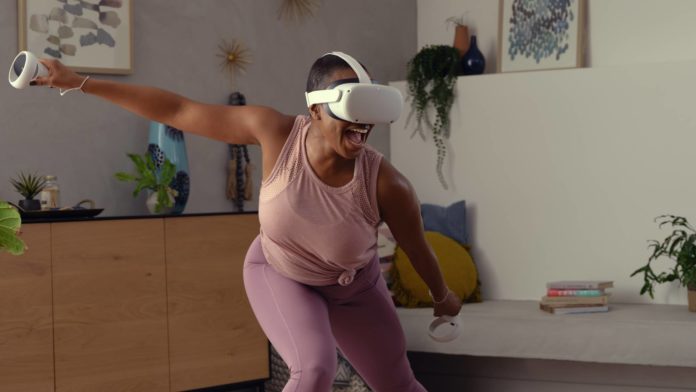Perhaps the most difficult thing about converting new people to join the VR fitness scene comes with convincing them to just make that initial plunge. More so than other forms of exercise, or even other types of gaming, for that matter, virtual reality is a little bit more complicated, especially from the outside looking in. However, more so than ever before in the past few years, VR is more approachable than ever before in 2021. And as such, now is perhaps the best time ever to finally take that dive into the subgenre.
So if you’re someone who has been standing on the sidelines for the past few years wondering if you should finally look to invest in VR fitness, here are six reasons why now is the time to jump head-first into this world.
Software Library Is Extensive

More so than when VR first started to come about around five years ago, there are now plenty of software experiences for you to spend your time with. When virtual reality tech first started to become prominent, many didn’t doubt that the headsets themselves had quite a bit of promise. What was lacking a few years ago, however, were the games. In 2021 though, there isn’t a shortage of new games to play in the slightest.
This is especially true for fitness-focused VR titles as well. While VR as a medium has always been one that encourages players to stand up, move about, and stay active in a number of different experiences, there are now a vast number of games that are specifically created with fitness in mind. Some of the most popular ones of this type include Supernatural, Beat Saber, Fit XR, and OhShape.
The cherry on top of all of this is that while there are already a ton of games you can look to buy and play on a number of VR headsets right now, there are even more titles in the works that will launch in the future. Even though a lack of software used to be a slight issue when it came to VR headsets, now there is essentially an embarrassment of riches.
The Cost of Entry Has Lowered
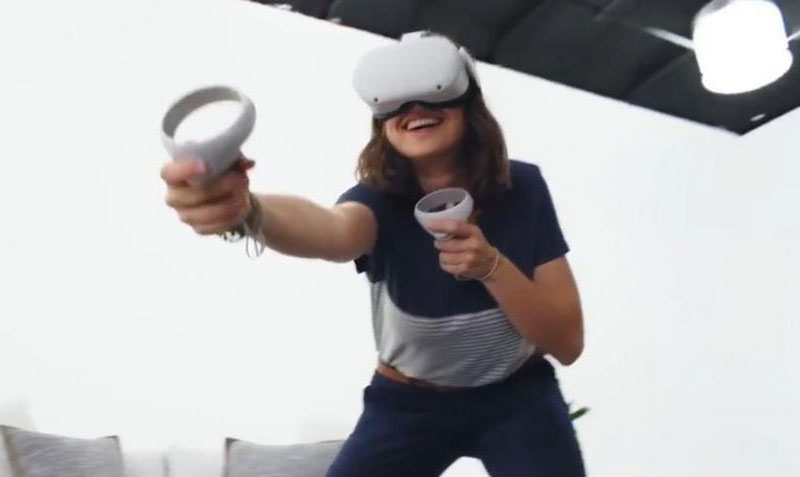
One of the other key problems that came about when virtual reality was just getting off of the ground dealt with the expensive nature of the hobby. Many of the first VR headsets that hit the market years ago cost somewhere in the neighborhood of $500. And that was just for the headset alone. For products like the Oculus Rift, you would need to ensure that you owned a computer that would be compatible with the technology. And even if you didn’t get into PC VR headsets, other options such as PlayStation VR still required you to also purchase a PlayStation 4 console, which tacked on hundreds of dollars more to the buy-in value.
Within the past year or so specifically, though, VR headset prices have started to fall to their lowest values ever. This is most easily seen with the Oculus Quest 2, which is likely the most popular headset on the market right now. Rather than costing a vast about of money, the Quest 2 retails for only $299 now. And while that’s still quite a bit of money in the grand scheme of things, it’s a lot lower than many alternatives–especially since the headset itself isn’t reliant on a computer or console to be used.
Even if you are looking to spend a large amount of money to get a VR headset, there are plenty of other “premium” devices you could look to get instead. The HTC Vive Pro, for instance, retails for roughly $1000 in total. The same goes for Valve’s own headset, which is called the Index. So while the price of merely getting into VR nowadays has fallen substantially, there are also plenty of options available depending on what you might be looking for.
Ease of Accessibility
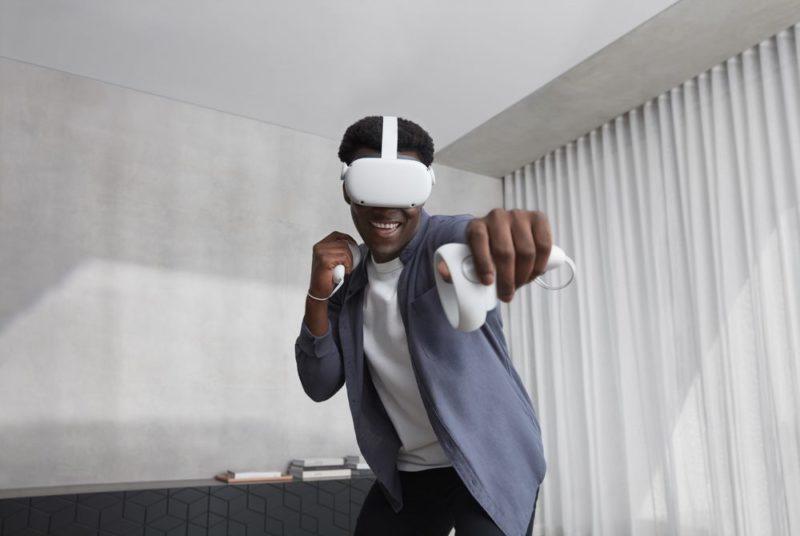
I briefly mentioned this before when talking about the Oculus Quest 2, but it’s worth talking more about this in its own section. As a whole, VR has become far more accessible in recent history compared to what it once was. The Oculus Quest and Quest 2 are likely the best examples of this as they don’t require practically anything other than the headset itself to use. Outside of the controllers that are used to play games, the Quest is completely wireless and utilizes internal tracking systems to follow your body movements. This means that all you need to do to play a game is simply pick it up, strap it to your head, and you’ll be right into the action.
While this might not seem like a major selling point if you’re new to VR, compared to how things used to be, it’s honestly staggering how simple virtual reality has become over the years. The setup process for some headsets used to be way more difficult than it currently is and there used to be so many more wires involved. With new hardware revisions constantly in the works, it stands to reason that virtual reality headsets are going to only get more approachable as time goes on. But if you’re tired of waiting for a good time to jump in, now is as good of a time as any since most VR headsets are relatively simple to use at the moment.
Speaking of future hardware revisions though…
Companies Are Doubling Down On VR
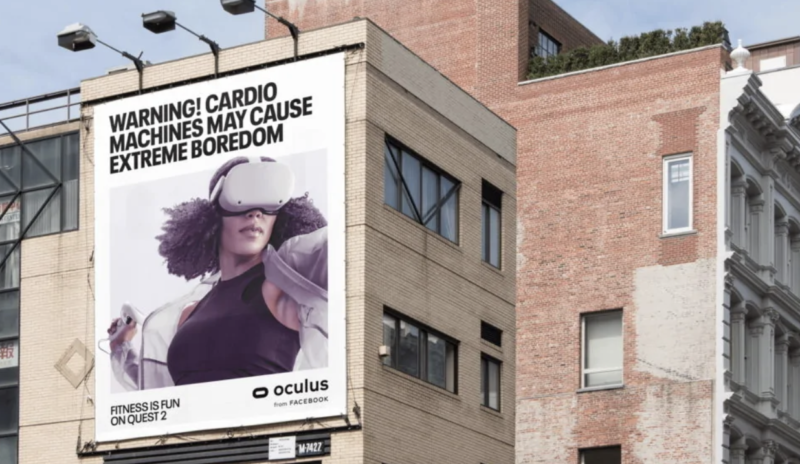
When VR first became prominent a couple of years back, some wondered whether it might just be a fad. After all, as I mentioned before, the tech was incredibly expensive to purchase and came with a number of caveats. And since it was such a niche product, VR devices have never sold in droves for any manufacturers. And with that ringing true, it stood to reason that some companies would eventually stop making virtual reality headsets if the profits weren’t there for them. Fortunately, that doesn’t seem to be happening at all.
Essentially every major company that first began releasing VR headsets a couple of years ago–Oculus, PlayStation, HTC, etc.– is still going strong to this day in the space. In fact, many continue to create new iterations of the products that they’ve already released. HTC just announced the Vive Pro 2 not long ago and Sony is in the process of creating a second iteration of PlayStation VR.
However, what’s even more impressive about this as time goes on is that many of these same companies are also doubling down on VR fitness, in particular. Perhaps the best example of this comes from Oculus and its parent company, Facebook. Over the past couple of months, Facebook has been seen creating an entirely new marketing campaign for the Quest 2, pitching it directly to consumers as an item that can be used to stay in shape. With that in mind, it’s clear that VR fitness continues to have endless upside and potential to only grow even more in the years to come.
So if you find yourself worried that you’ll buy a VR headset only to find that the technology won’t be supported by a given manufacturer a few years from now, that’s a concern you can now safely toss to the side. Every company involved with virtual reality continues to show that it’s not going anywhere well into the future, meaning that you shouldn’t fear about the floor falling out from under you.
More Health-Focused Experiences Keep Coming
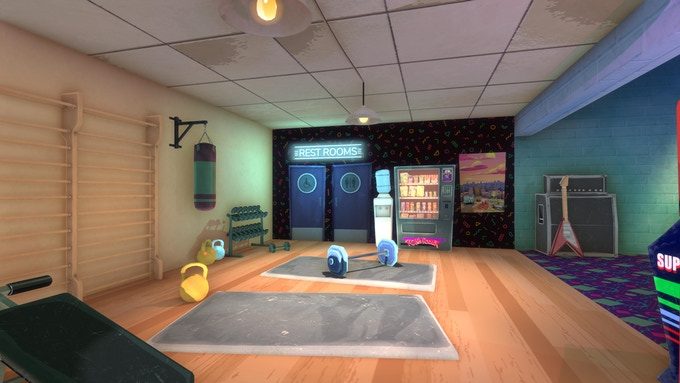
One of the most positive things associated with VR fitness that has become more prominent over the years comes with how many games continue to bake in features that encourage a high level of activity. Whether it be generalized calorie counters, or dedicated game modes that are meant to get your heart rate pumping more than normal, many game developers have started to see the promise of VR fitness and are starting to add new features that those in the community can take advantage of.
All of this also goes without even mentioning the burgeoning number of games that have started to come about that are being built with fitness in mind from the ground up. In the past, some games, like the aforementioned Beat Saber, might have had fitness benefits by proxy of what the experience itself required from players to play. Instead, as time goes on, many studios are looking to craft titles from the inception stage that are meant to solely get you sweating.
Even outside of the realm of games that you can play on a VR headset from the comfort of your own home, third-party companies have even started to pop up over the years that take advantage of this technology in unique ways. One of the best examples of this is likely that of Black Box VR. By combining weight training methods with the technology at the center of virtual reality, Black Box has been able to create its own unique gyms that patrons can attend at certain locations around the United States. The resulting product is one that has many of the benefits of going to a “normal” gym, but is able to give you an exercise experience unlike anything else.
Last but not least, there is also a wave of other applications and pieces of software that have started to come about which are meant to assist with your mental health. While staying physically fit is obviously important if you want to live a long and healthy life, taking care of your mental state is often just as important. As such, to see that these types of VR projects keep popping up more frequently is encouraging.
So no matter where you look, VR-focused health experiences are popping up everywhere. As we move forward, there’s an excellent chance that we’re only going to continue to see even more of these types of activities continue to multiply.
Working Out Is Just More Fun With VR
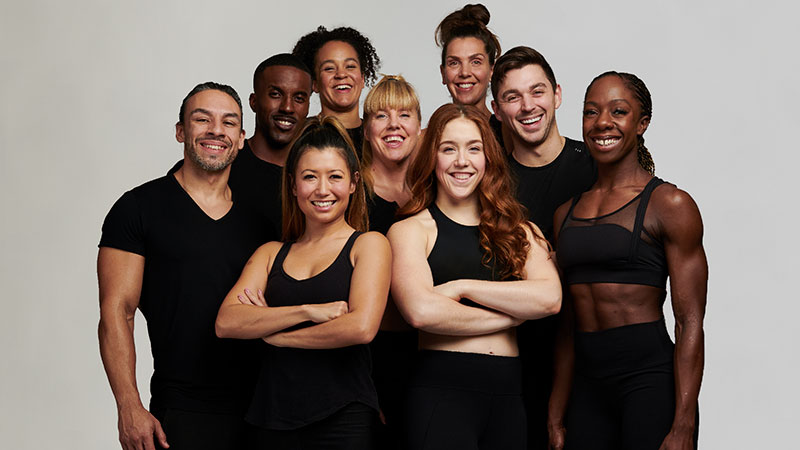
Yeah, this is a simple reason, but perhaps more than anything else on this list, it’s the biggest example of why VR fitness is something you should be looking to invest in. Enjoyment is everything, especially when it comes to working out.
I mean, let’s be honest: getting in exercise can often be grueling, boring, and tiresome when done by the “normal” methods. Going to the gym and running on a treadmill is something that surely 99% of people don’t find to be all that exciting. But if you’re looking to stay in shape, it’s seen as a necessary evil.
So why not get rid of that boredom and add some spice to your fitness life? Whether you’re young or old, playing games is simply fun, at the end of the day. And if you can have fun first and foremost while also burning calories or accruing muscle, what is there to dislike about what VR fitness offers?
If you’re still someone who is on the fence about working out through the use of virtual reality, the best thing to do is just try it out for yourself. Once you see how enjoyable this world really is, you’ll probably never want to go back to working out through other means in the future.

